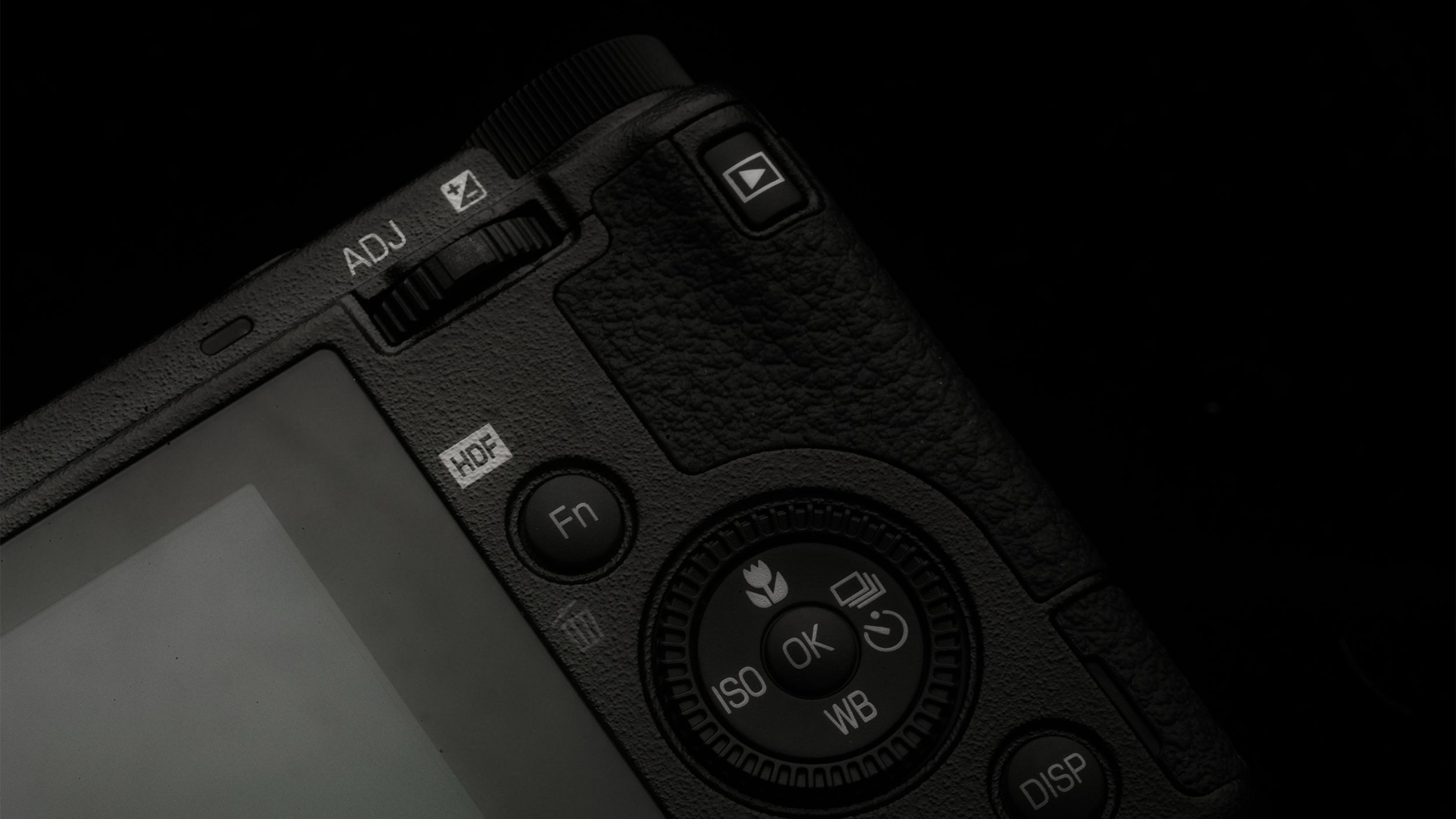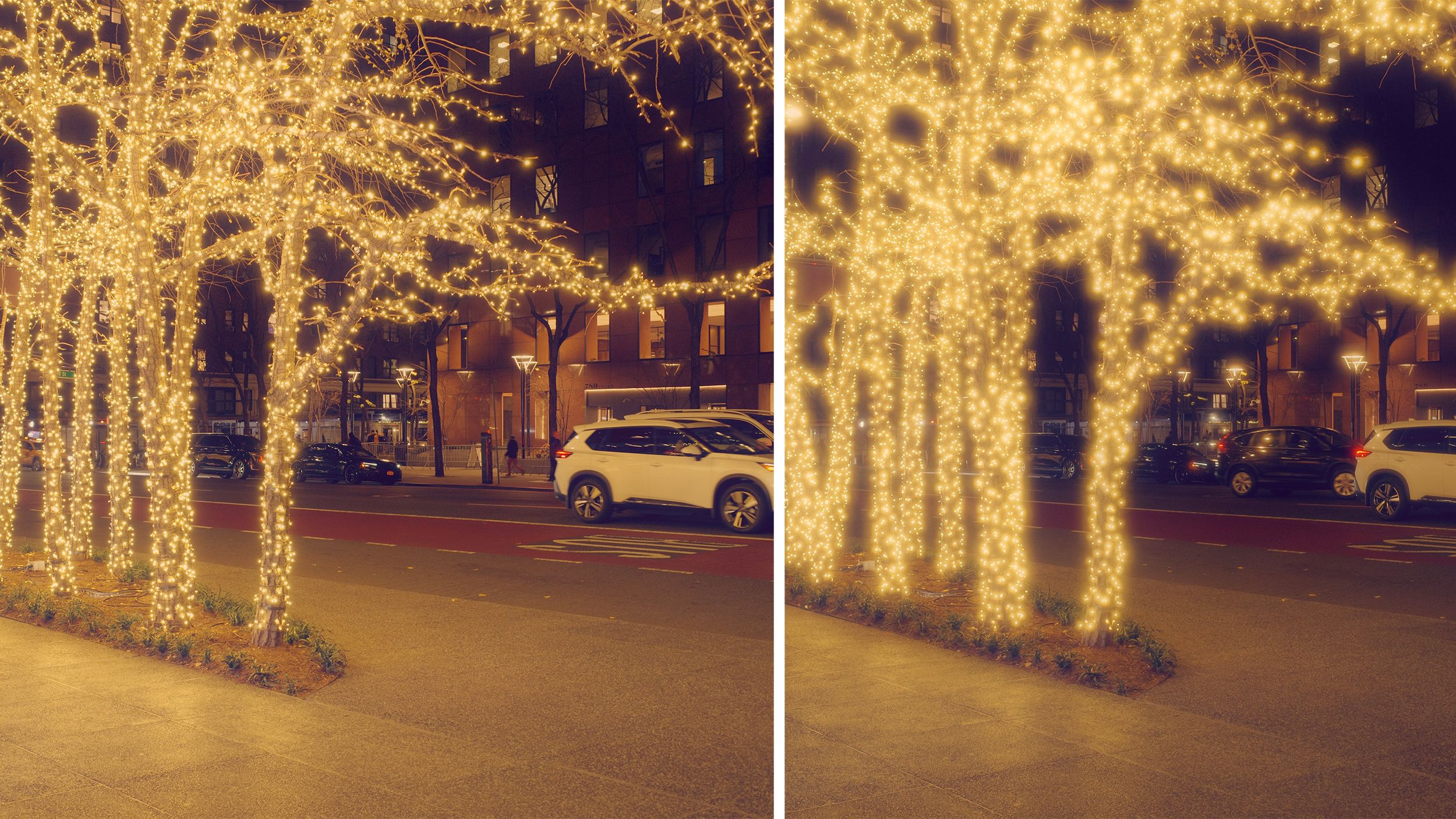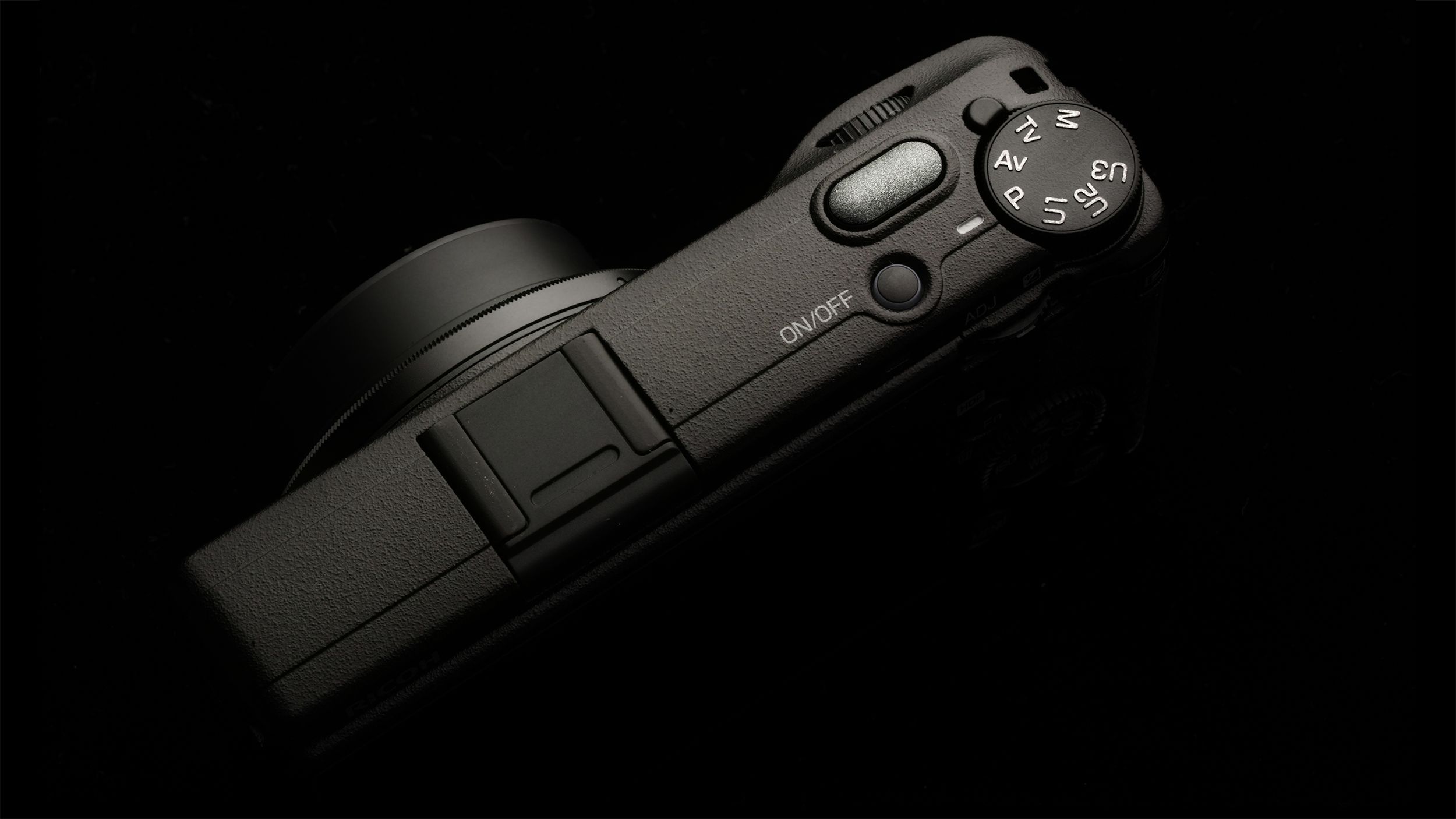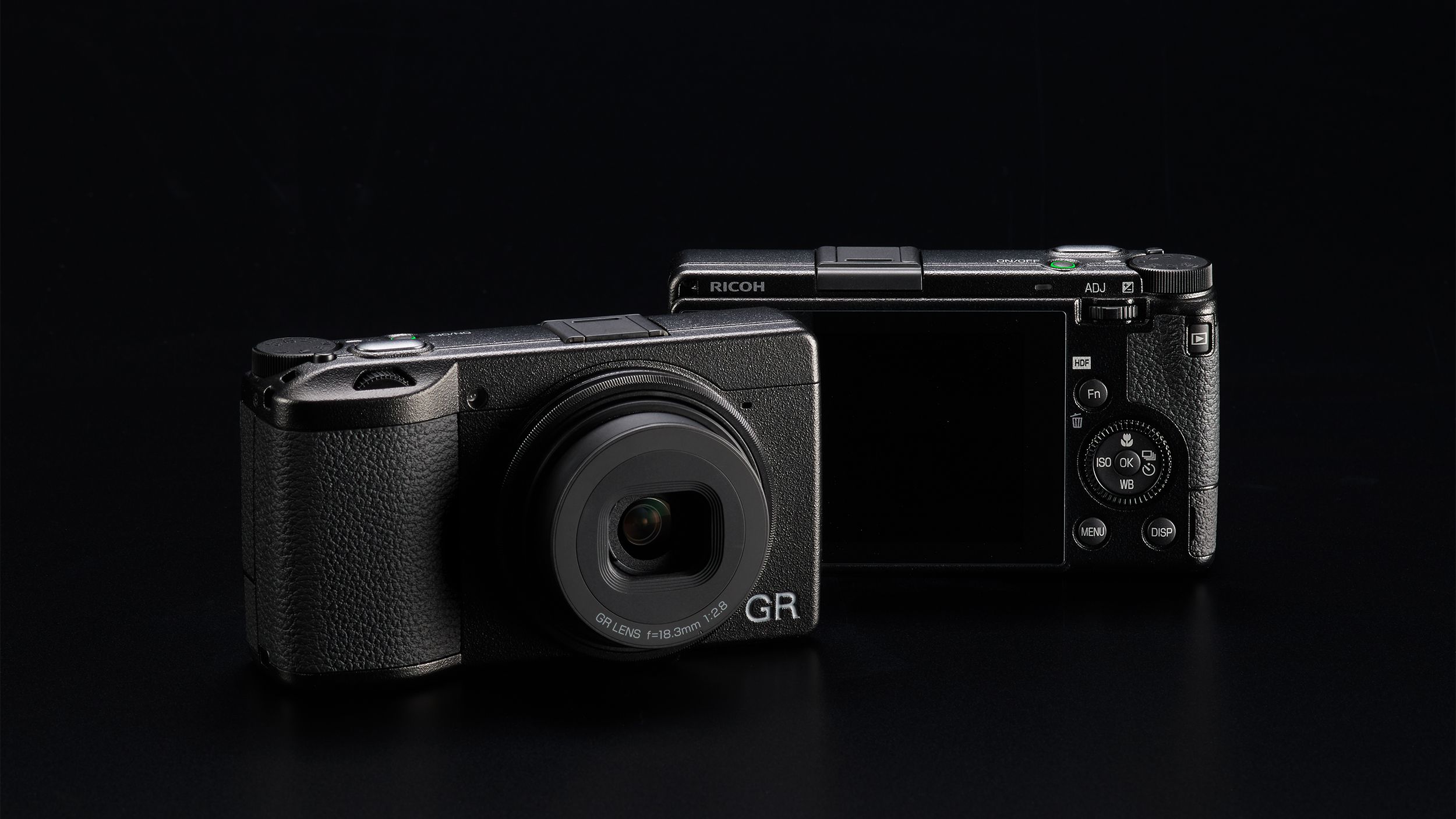Main points
- Ricoh has launched new GR III and GR IIIx cameras with built-in highlight diffusion filters.
- The new model retains the original features but provides a unique softening effect along image edges and highlights for a vintage look.
- Changes include a dark silver shutter release button and enhanced zone-selective autofocus, but no built-in ND filter.
Ricoh has released new versions of its GR III and GR IIIx cameras, but if you were expecting big changes, you’re out of luck. The new version adds a special built-in highlight diffusion filter for softer highlights. But otherwise, much of the original functionality of these compact cameras remains unchanged.
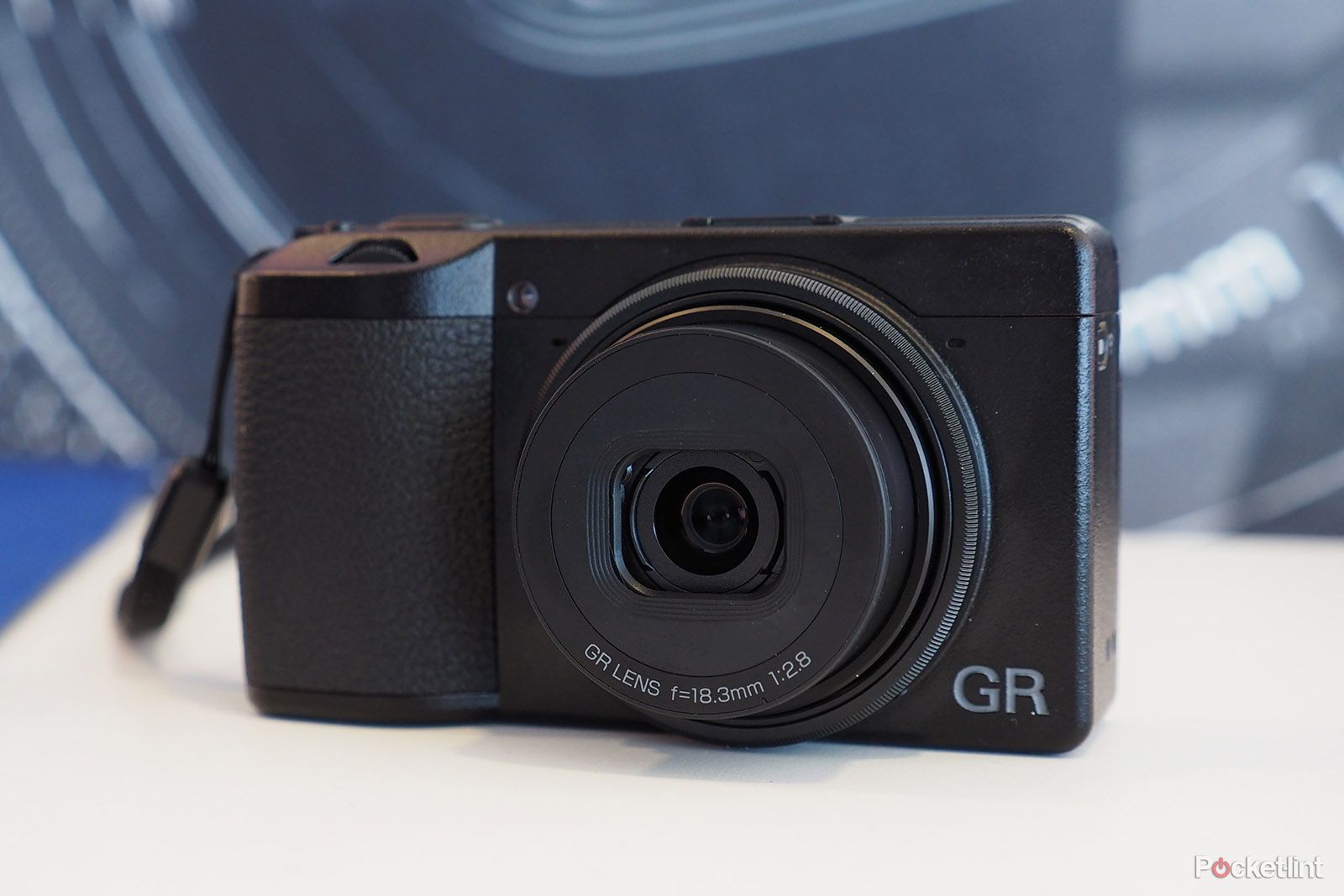
Ricoh GR III preliminary review: tugging at high-end heartstrings
The GR III is coming to Europe soon, priced at £800/€900. We tried this high-end fixed-lens APS-C compact sensor to see if it still had appeal.
Ricoh
GR III HDF and GR IIIx HDF are officially released
But what’s new?
The GR III and GR IIIx have become popular choices for street photography due to their compact form factors, and share many of the same features, including point-and-shoot functionality, a 24.2-megapixel sensor, three-axis sensor-shift stabilization, face and eye detection, and in-camera editing . However, their lens specifications differ: the GR III has a 28mm lens (35mm equivalent), while the GR IIIx has a slightly tighter 40mm lens (35mm equivalent).
All these statistics remain unchanged on the new GR III HDF and GR IIIx HDF cameras. What Ricoh has done is add a Highlight Diffusion Filter (HDF) developed using its advanced inkjet technology. Ricoh says the special effects filter diffuses highlights and “creates a blurry effect along the edges of the image.” These effects produce softer images, like those captured on film or vintage film. HDF instantly turns on or off with just one action, so photographers can easily switch between looks.
This is what it looks like in use:
Ricoh
The left image above was taken with the HDF filter turned off, and the right image was taken with the HDF filter turned on. You can see how soft the highlights become with the HDF filter.
Ricoh
Other minor improvements
In addition to the HDF filter, Ricoh has also changed the color of the shutter release button to dark silver to differentiate it from other GR series models and “to symbolize an effortless shift in visual expression,” Ricoh explains. Ricoh has also changed the default setting of the Function (Fn) button to control HDF settings. Of course, the Fn button is customizable, but if you buy the HDF version, you’ll probably want to use the function by pressing the button.
Both new models also feature area-selective autofocus, which automatically sets focus in the most appropriate area of the image after the photographer selects the desired three-by-three area. Unfortunately, there’s no built-in neutral density (ND) filter on the GR III HDF or GR IIIx HDF, so you’ll have to go without it.
A feature introduced in the HDF version has also been ported to existing models with the help of feature extension firmware. You’ll be able to pre-program up to three white balance settings as your base white balance. This function can also be used in conjunction with the white balance fine-tuning function. Updated firmware will be released at the same time as HDF models become available.
Ricoh
But how much do they cost?
The GR III HDF and GR IIIx HDF will be available in April for $1,070 and $1,150 respectively.
